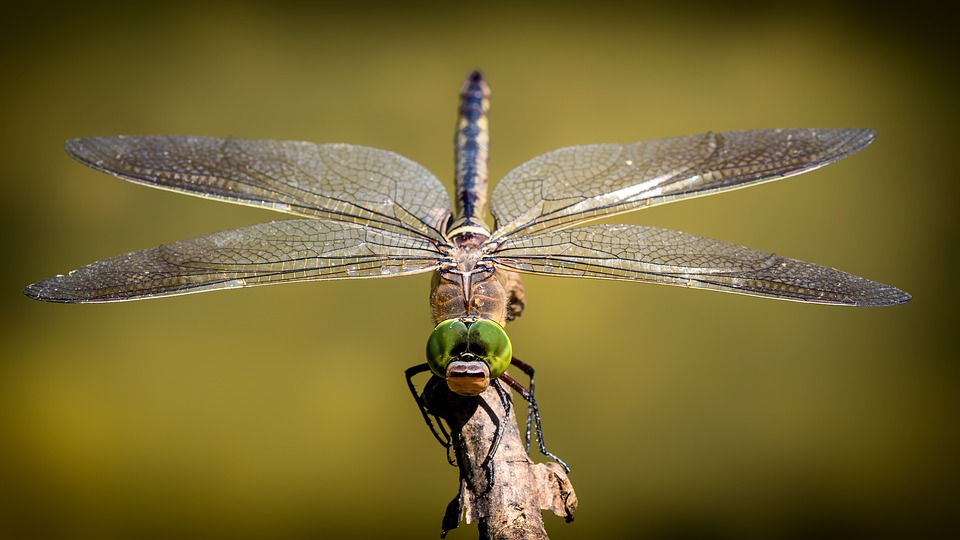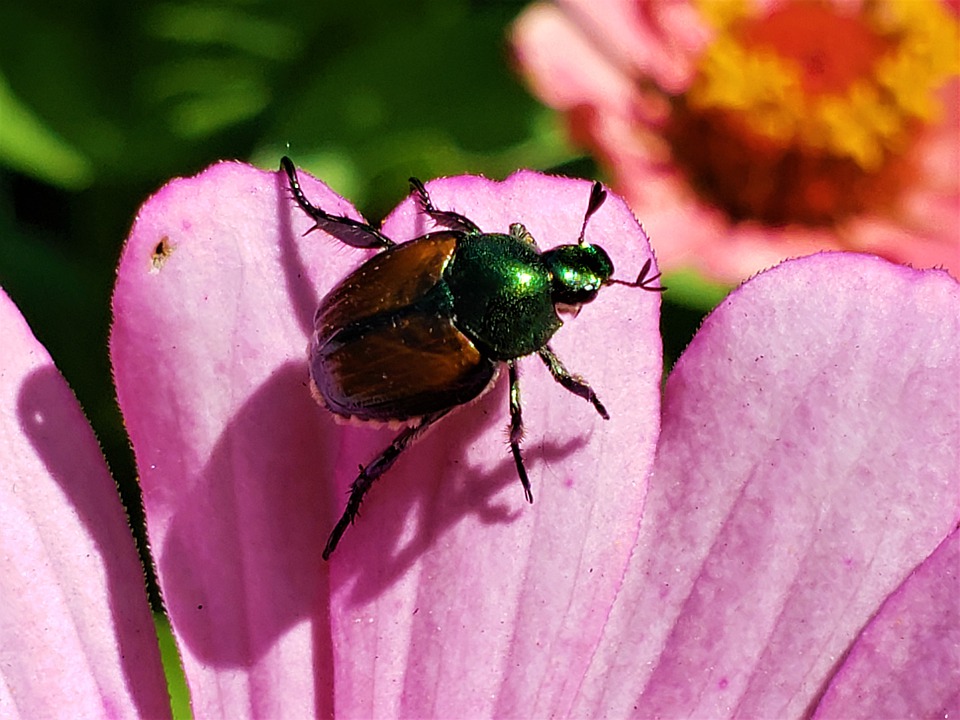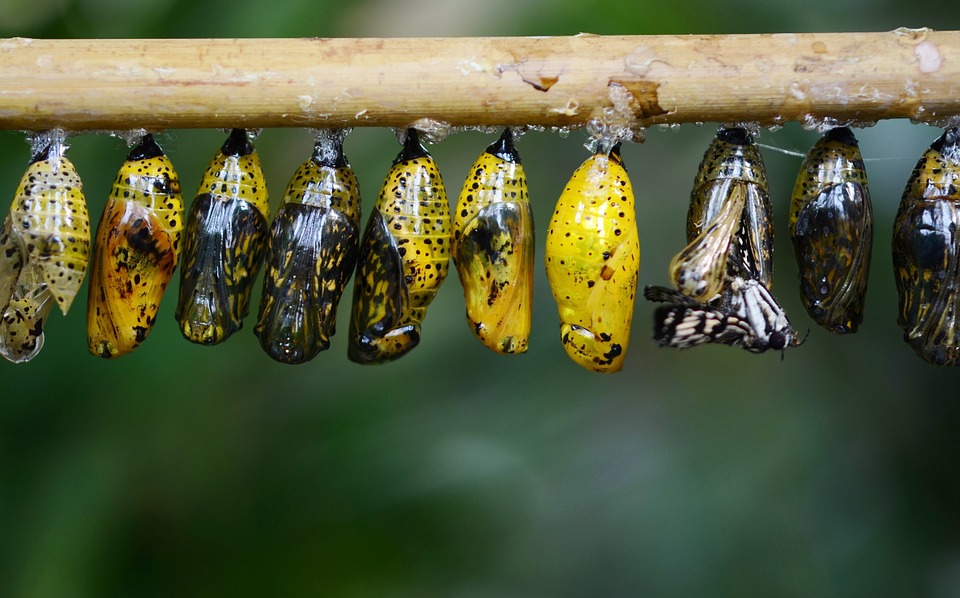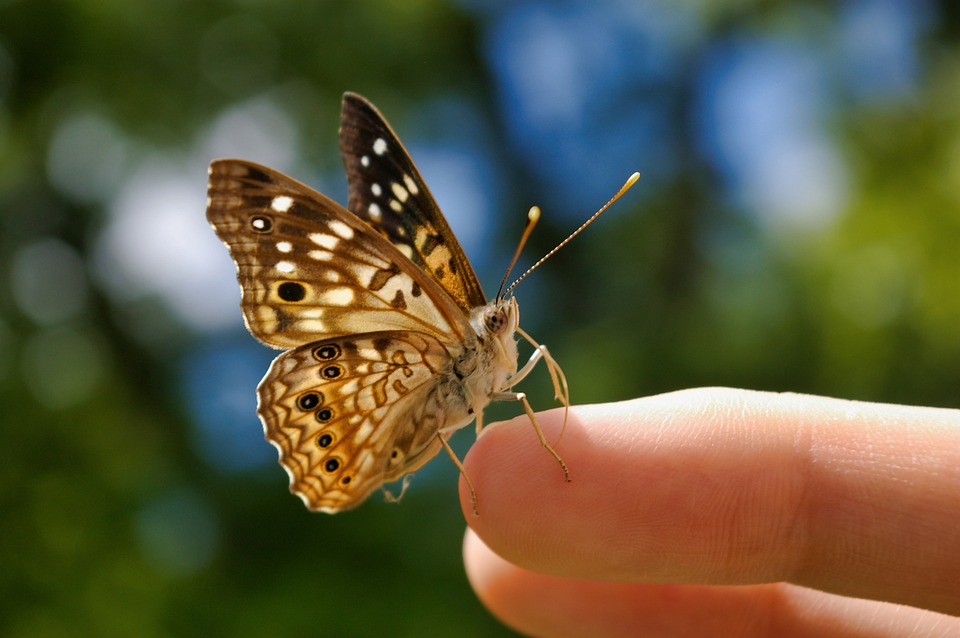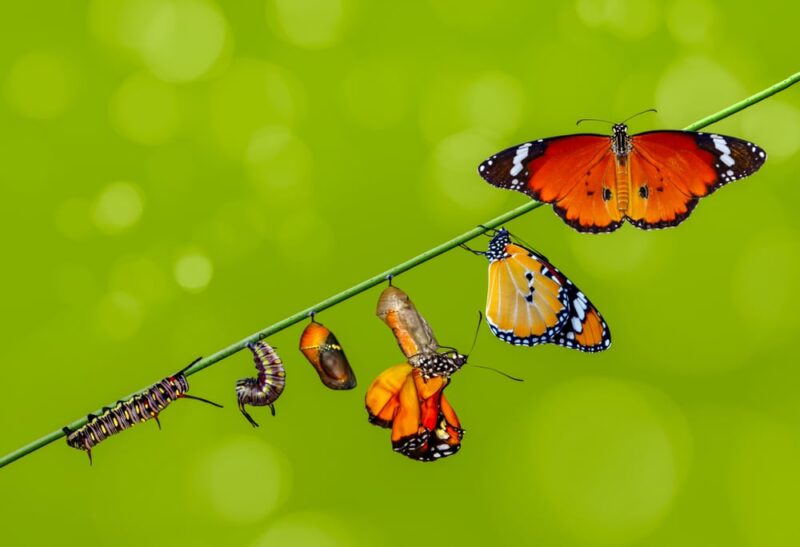
70+ Common Bugs and Insects in Spanish
Knowing how to talk about insects in Spanish can open a treasure chest of conversation topics.
This is especially true if you like nature, are visiting a place known for its interesting species or you love watching nature documentaries in Spanish.
They may even be on the menu in Mexico, too!
By the end of this post, you’ll know 70+ words for bugs in Spanish, many of which are cognates. And maybe you’ll even be able to recommend one or two for dinner in certain Latin American countries.
Contents
- Types of Flying Insects in Spanish
- Species of Creepy Crawlers in Spanish
- Insect-related Words in Spanish
- Useful Phrases About Insects in Spanish
- Tips for Learning About Insects in Spanish
- And One More Thing…
Download: This blog post is available as a convenient and portable PDF that you can take anywhere. Click here to get a copy. (Download)
Types of Flying Insects in Spanish
El mosquito (Mosquito)
La efímera (Mayfly)
La polilla (Moth)
La libélula (Dragonfly)
La mariposa (Butterfly)
La mariquita (Ladybug)
El tábano (Horsefly)
La luciérnaga (Firefly)
La mosca (Fly)
La mosca de la fruta (Fruitfly)
La crisopa (Lacewing)
El jején (Gnat)
Species of Creepy Crawlers in Spanish
El langosta (Locust)
La garrapata (Tick)
La chinche (Bedbug)
El escarabajo (Beetle)
El escarabajo japonés (Japanese beetle)
Los piojos (Lice)
El escarabajo pelotero (Dung beetle)
La termita (Termite)
La cucaracha (Cockroach)
La tijereta (Earwig)
El saltamontes (Grasshopper)
El ácaro (Mite)
La larva (Grub)
El mantis religiosa (Praying mantis)
La hormiga (Ant)
La hormiga de fuego (Fireant)
El grillo (Cricket)
El ciempiés (Centipede)
La cigarra (Cicada)
El pulgón (Aphid)
La pulga (Flea)
El gusano (Worm)
La lombriz de tierra (Earthworm)
La gusano de seda (Silkworm)
La babosa (Slug)
El caracol (Snail)
La oruga (Caterpillar)
La avispa (Wasp)
La abeja (Bee)
El avispón (Hornet)
Insect-related Words in Spanish
El bicho (Bug)
El capullo (Cocoon)
La picadura (Sting)
La mordedura (Bite)
Gatear (Crawl)
Volar (Fly)
El nido (Nest)
La crisálida (Chrysalis)
El hormiguero (Anthill)
El enjambre (Swarm)
La colonia (Colony)
La horda (Horde)
El huevo (Egg)
Las larvas (Larvae)
La pupa (Pupa)
La metamorfosis (Metamorphosis)
El ciclo vital (Life cycle)
La colmena (Hive)
El polen (Pollen)
Polinizar (Pollinate)
El néctar (Nectar)
La mandíbula (Mandible, jaw)
El tórax (Thorax)
El aguijón (Stinger)
Las tenazas (Pinchers)
Las alas (Wings)
Las antenas (Antennae)
Useful Phrases About Insects in Spanish
Estoy asustado. (I am afraid.)
¿Dónde vive? (Where does it live?)
¿Qué come? (What does it eat?)
¿Te pica? (Does it sting?)
¿Puedo sostenerlo? (May I hold it?)
¡Es hermoso! (It is beautiful!)
¡Es feo! (It is ugly!)
Tiene muchos pies. (It has many feet.)
¡Me hace cosquillas en la mano! (It’s tickling my hand!)
¿El insecto se frota las alas? (Does the insect rub its wings together?)
¿El insecto emite algún sonido? (Does the insect make any sound?)
¡Amo a los insectos! (I love insects!)
¿Qué tipo de insecto es ese? (What type of insect is that?)
No me gusta tocar insectos. (I don’t like to touch insects.)
¿Es peligroso? (Is it dangerous?)
¿Es amistoso? (Is it friendly?)
Tengo una picadura de mosquito. (I have a mosquito bite.)
Soy alérgica a las picaduras de abeja. (I am allergic to bee stings.)
Tips for Learning About Insects in Spanish
- Go outdoors! Plan an exciting adventure, put your hiking boots on and head out into the bugs’ habitat. Take a camera, drawing supplies or vocabulary list to identify, draw or grab a selfie with what you see.
- Discover more insects by downloading apps. Picture Insect is a cool app that lets you take a photo of an interesting insect to get all of its details, plus detailed descriptions and classifications. A version is also available for Android users. An immersive learning app like FluentU can also come in handy. On this app, you’ll be able to see insect vocabulary in use naturally by native Spanish speakers.
FluentU takes authentic videos—like music videos, movie trailers, news and inspiring talks—and turns them into personalized language learning lessons.
You can try FluentU for free for 2 weeks. Check out the website or download the iOS app or Android app.
P.S. Click here to take advantage of our current sale! (Expires at the end of this month)

- Name every insect you see. Use your extensive vocabulary to chat about insects—even if you’re hiking alone. Practice speaking the names of the insects you encounter. Talk about their homes and what they’re doing.
- Find other people who love nature. Check out insect-related programs at clubs, universities and libraries in your area. If you’re interested in insects, there’s a good chance that others are, too.
- Check out insect-related courses in Spanish. In my local library, a series showcased local insect life last year. Even during the seasons when insects aren’t prevalent outdoors, some local centers may hold learning activities in preparation for warmer months. Check the message boards in recreation centers and even your local grocery store.
- Start a nature-themed group. If you don’t find a group to discuss nature in Spanish, consider starting your own on sites like Facebook and MeetUp. Meet in a public place, introduce yourself in Spanish and chat about bees, crickets and all kinds of insects!
Don’t overlook learning about bugs and other animals when you start learning Spanish.
A solid grasp of nature’s terminology is essential for reading, writing and speaking with anyone who wants to chat about all things bug-related in Spanish.
And think about it: A conversation that begins about butterflies might end in dinner—especially if you’re in a spot where insects are considered an appetizer.
With these 70+ Spanish words for insects in your conversational skillset, you’ll be ready to chat with anyone about the wonders of the insect world!
And One More Thing…
If you've made it this far that means you probably enjoy learning Spanish with engaging material and will then love FluentU.
Other sites use scripted content. FluentU uses a natural approach that helps you ease into the Spanish language and culture over time. You’ll learn Spanish as it’s actually spoken by real people.
FluentU has a wide variety of videos, as you can see here:

FluentU brings native videos within reach with interactive transcripts. You can tap on any word to look it up instantly. Every definition has examples that have been written to help you understand how the word is used. If you see an interesting word you don’t know, you can add it to a vocab list.

Review a complete interactive transcript under the Dialogue tab, and find words and phrases listed under Vocab.

Learn all the vocabulary in any video with FluentU’s robust learning engine. Swipe left or right to see more examples of the word you’re on.

The best part is that FluentU keeps track of the vocabulary that you’re learning, and gives you extra practice with difficult words. It'll even remind you when it’s time to review what you’ve learned. Every learner has a truly personalized experience, even if they’re learning with the same video.
Start using the FluentU website on your computer or tablet or, better yet, download the FluentU app from the iTunes or Google Play store. Click here to take advantage of our current sale! (Expires at the end of this month.)
